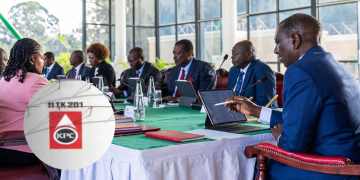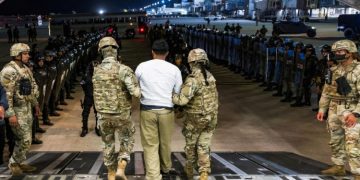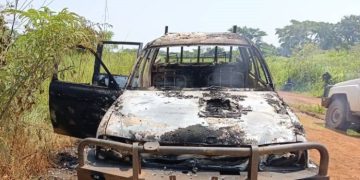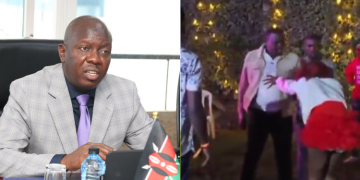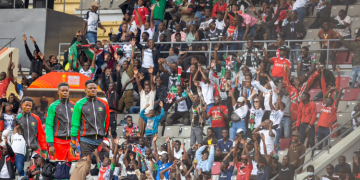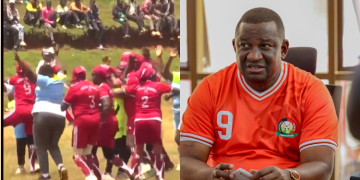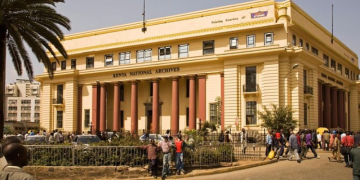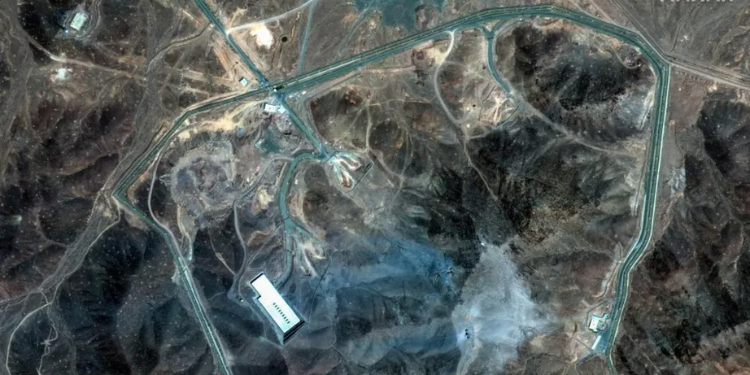A new assessment by United States intelligence agencies has revealed that one of three nuclear enrichment sites targeted by American airstrikes in Iran last month was largely destroyed, significantly delaying Iran’s ability to operate there.
However, the other two facilities sustained less severe damage and could potentially resume uranium enrichment within months if Iran decides to do so, according to five current and former American officials who spoke to NBC News.
The U.S. airstrikes—carried out in June as part of an escalated effort to curb Iran’s nuclear ambitions—specifically hit the Fordo, Natanz, and Isfahan enrichment complexes.
The new intelligence review, which forms part of the ongoing evaluation of the strikes’ impact by President Donald Trump’s administration, has been shared with members of Congress, officials in the Department of Defence, and key allied governments in recent days, four of the officials added.
New reports have also revealed that the U.S. Central Command had initially designed a broader, multi-phase strike plan.
This more expansive operation would have included three additional targets and unfolded over several weeks rather than a single night.
President Trump, although briefed on the comprehensive plan, ultimately rejected it.
According to one current and two former officials, the decision was influenced by Trump’s desire to avoid deeper military entanglements abroad and concerns over potential casualties on both sides.
“We were willing to go all the way in our options, but the president did not want to,” one source with knowledge of the discussions told NBC.
Also Read: Iran Cuts Ties with UN Nuclear Watchdog After Kicking Out America’s GPS Network
In a public address following the airstrikes, Trump praised the action as “a spectacular military success” and claimed that “Iran’s key enrichment facilities have been completely and totally obliterated.”
However, emerging intelligence paints a more complex picture.
According to one current and one former official, conversations have taken place in both U.S. and Israeli government circles about the potential need for additional strikes should Iran either refuse to re-engage in talks or begin reconstructing the damaged sites.
Tehran has consistently maintained that its nuclear activities are strictly for peaceful, civilian use. The evaluation represents a snapshot in an evolving intelligence process expected to continue for months.
Two current officials noted that more recent findings suggest greater damage than initial reports indicated. While the situation remains fluid, this analysis is now viewed as the most accurate gauge of the strike’s effects.
Among the three targets, the Fordo facility was reportedly the most affected. U.S. officials believe operations at Fordo, considered a cornerstone of Iran’s nuclear infrastructure, may have been pushed back by up to two years.
In contrast, Natanz and Isfahan were not hit as hard, partly due to their fortified structures.
Public statements by the Pentagon have largely centered on Fordo. During a briefing held in response to early assessments by the Defense Intelligence Agency- suggesting the strikes set back Iran’s nuclear program by just three to six months.
Defense Secretary Pete Hegseth and Gen. Dan Caine of the Joint Chiefs of Staff emphasized the Fordo strike while offering limited detail on Natanz and Isfahan.
Also Read: Iran Gives Condition for Accepting Talks with U.S
Prior to the strikes, U.S. officials were aware that both Natanz and Isfahan housed equipment and stockpiles of enriched uranium in areas that may have been impervious even to advanced American weaponry.
According to three sources, the 30,000-pound GBU-57 “bunker buster” bombs used in the operation were designed specifically to penetrate deeply buried targets such as those at Fordo, which is built into a mountain. These bombs had never been deployed in combat before.
Rubio claims Iran suffered major setback in nuclear weapon building
The new developments come after U.S. Secretary of State Marco Rubio said Iran is now much further from developing a nuclear weapon than it was prior to the recent strikes.
Secretary Rubio while speaking on the sidelines of the NATO summit on June 25, 2025, stated that the operation caused significant and substantial damage to various components of Iran’s nuclear infrastructure, with further assessments still underway.
“The bottom line is, they are much further away from a nuclear weapon today than they were before the president took this bold action,” Rubio told Politico.
His remarks came days after President Trump revealed through his Truth social that U.S. had destroyed Iranian nuclear sites, “leaving them completely destroyed.”
Follow our WhatsApp Channel and X Account for real-time news updates.
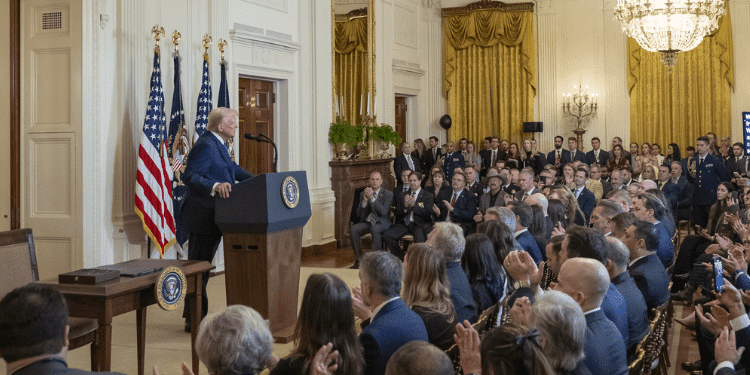








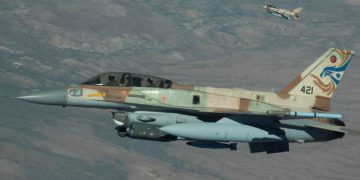











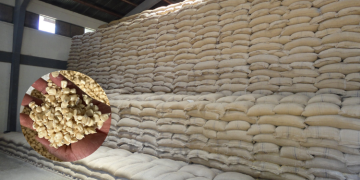

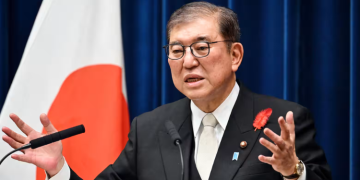

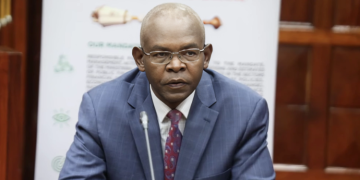





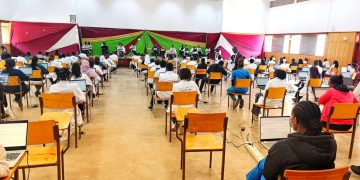


![Understanding Endometriosis: Expert Breaks Down Causes, Symptoms And Treatment [Video] Dr. Joseph Njagi, A Renowned Endometriosis Specialist A Surgeon, Says That Period Pain Among Girls And Women Should Not Be Ignored As A Normal Thing, As It May Signal A Symptom Of Endometriosis]( https://thekenyatimescdn-ese7d3e7ghdnbfa9.z01.azurefd.net/prodimages/uploads/2025/08/Dr-Joe-Njagi-together-with-his-team-of-Doctors-in-a-theatre-room-360x180.png)

